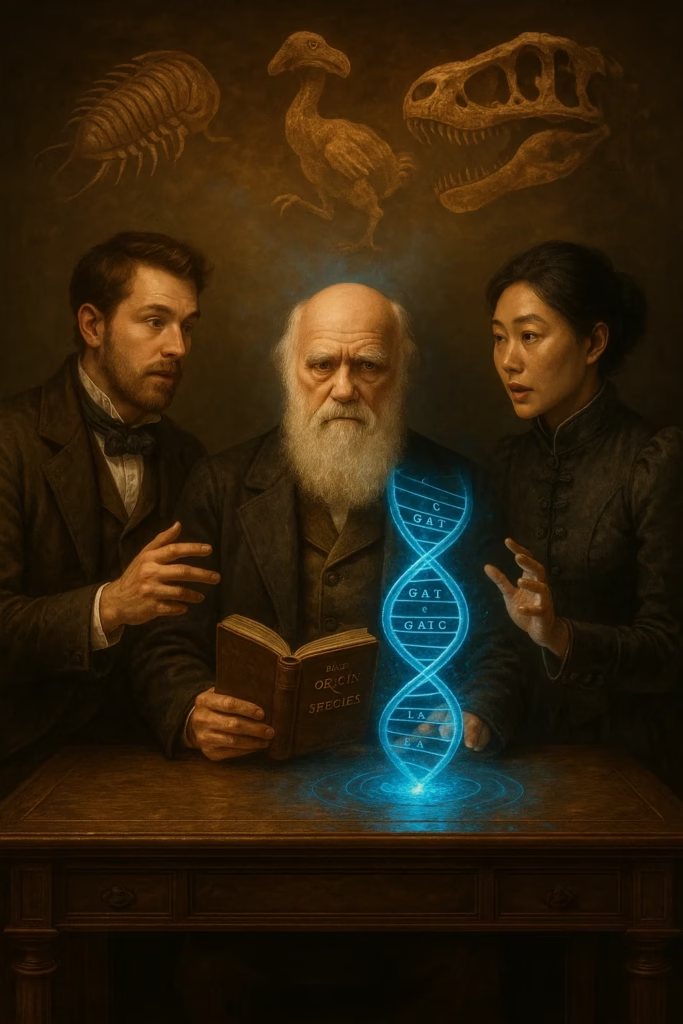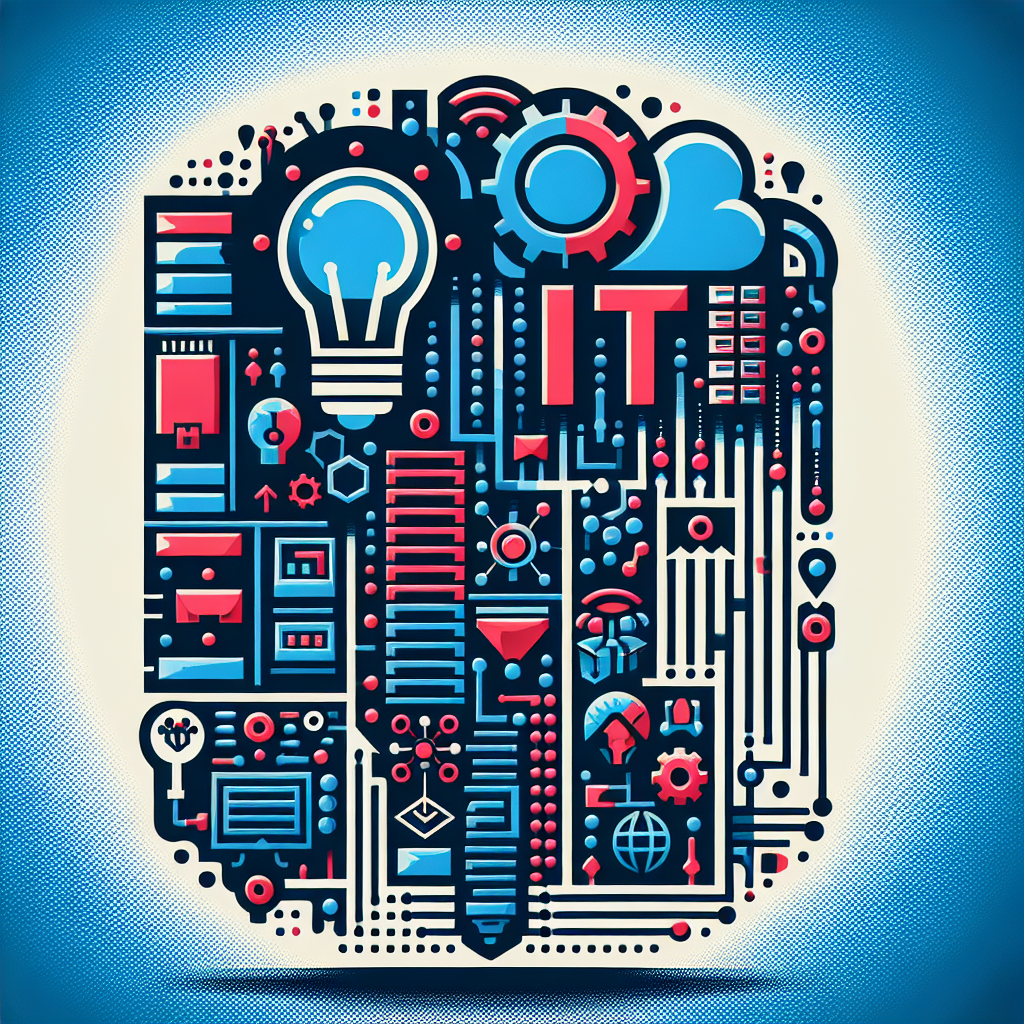INTRODUCTION: THE DEBATE SPARKING A SCIENTIFIC REVOLUTION
Darwin’s theory of evolution remains unsettled after 164 years. Islands of fierce debate—from scientific circles to the public—are not just signs of polarization. They are catalysts for discoveries reshaping our understanding of life. While critics highlight “missing links” and the Cambrian explosion, researchers uncover mechanisms that transcend and complement classical selection. This is not the end of Darwinism—but its expansion and refinement.
CRITIQUES OF DARWIN’S THEORY: DIVIDING LINES BETWEEN SUPPORTERS AND CRITICS
Core Criticisms:
- “Missing Fossils”: Rapid transitions between major groups (fish → terrestrial vertebrates) are rare in the fossil record.
- Improbability of Random Mutations: Mathematicians point to statistical impossibility of creating complex systems (e.g., cilia) through slow accumulation.
- Cambrian Explosion: Emergence of 35 of today’s 36 body plans in <20 million years contradicts “gradual evolution.”
Scientific Rebuttal:
“Evolution isn’t only slow—it can leap rapidly under pressure. Fossils like Tiktaalik (fish with lungs) and Ambulocetus (walking whale) show that ‘links’ aren’t missing—just rare.”
– Dr. Jelena Markov, Evolutionary Biologist, University of Belgrade
CAMBRIAN EXPLOSION: THE NEED FOR ADDITIONAL MECHANISMS
Why did this “explosion” of life forms remain unexplained for 150 years? The key lies in a genetic revolution:
- Hox Genes: Genes controlling body architecture (e.g., limb count, segmentation) enable efficient combinatorics and rapid diversification.
- Genome Duplication: Allowed evolutionary experimentation without risk.
- Horizontal Gene Transfer (HGT): Gene exchange between species accelerated innovation.
“The Cambrian wasn’t creation from nothing—but nature’s first ‘genetic hackathon’: an intense exchange of genetic solutions among organisms in a short timeframe.
SYNTHESIS OF OLD AND NEW EVOLUTIONARY THEORIES: A NEW QUALITY!
Modern biology doesn’t reject Darwin—it integrates him into a broader framework:
| Mechanism | Evolutionary Contribution |
|---|---|
| Natural Selection (Darwin) | Adaptation to slow environmental change |
| Epigenetics | Rapid adaptation without mutation (e.g., obesity during famine) |
| Horizontal Gene Transfer | Cross-species gene transfer (e.g., antibiotic resistance) |
| Evo-Devo | Developmental genes shaping body plans |
UNANSWERED QUESTIONS IN EVOLUTIONARY THEORY
- Missing Transitional Forms: Why do some fossil “tunnels” remain empty?
- Origin of Consciousness: How did matter create the phenomenon of consciousness?
- RNA World Hypothesis: Was RNA sufficient for life’s emergence?
“These questions aren’t the ‘death of Darwinism’—but a compass for future discoveries.”
EPIGENETICS: MEMORY BEYOND DNA
The secret lies not in genes—but in their ‘switching on/off’:
- DNA Methylation: Adding a methyl group (-CH₃) silences genes (e.g., tumor suppressors).
- Inherited Trauma: Children of Holocaust survivors show altered stress responses, with elevated cortisol and defects in stress-gene methylation.
- Embryonic Reset: 10% of epigenetic markers survive erasure in the zygote.
“We inherit not just genes—but our ancestors’ environmental memories.”
HORIZONTAL GENE TRANSFER (HGT): EVOLUTION’S “LOAN SYSTEM”
Earth is a vast genetic library enabling cross-species gene loans:
- 8% of Human DNA is Viral:
Example: The syncytin gene (vital for placenta formation) evolved from retroviruses! - Bacteria → Plants:
Agrobacterium transfers tumor-growth genes directly into plant genomes. - Algae → Sea Slugs:
The sea slug Elysia chlorotica “borrows” photosynthesis genes from algae, allowing it to survive months on sunlight alone without food.
“Humans are genetic hybrids: 145 genes were acquired directly from bacteria.”
(University of Cambridge, 2015)
HOW NEWLY DISCOVERED MECHANISMS REDEFINE EMBRYOGENESIS
Classical vs. Modern Model:
| Phase | Classical Model | Modern Model |
|---|---|---|
| Initiation | DNA Sequence | DNA + Epigenetic Marks + Foreign Genes |
| Tissue Formation | Genes → Proteins | Viral Genes Activate Stem Cells |
| Functionality | Predetermined | Gut Microbiome Shapes Brain Development |
Example: Gut flora’s impact on epigenetic markers in the fetal brain!
PRACTICAL IMPLICATIONS FOR SCIENCE AND HEALTH
New insights into cellular mechanisms have invaluable practical significance:
- Cancer: Drug Vidaza demethylates tumor-suppressor genes (removing methyl groups reactivates genes!).
- Gene Therapy: Lentiviruses deliver therapeutic genes (e.g., for leukemia).
- Evolutionary Medicine: Antibiotics drive HGT resistance—requiring new treatment strategies.
- Experimental Therapies: Epigenetic “resets” could redefine treatments for Alzheimer’s and diabetes.
CONCLUSION: THE EVOLUTIONARY WEB—FROM DARWIN TO TODAY
Darwin’s theory wasn’t discarded—but expanded by epigenetics, HGT, and Evo-Devo. Fierce criticism didn’t destroy biology—it propelled it to new horizons. As biologist Eugene Koonin states:
“Evolution isn’t a tree—but a web of genetic borrowings.”
These discoveries aren’t just historical facts. They are survival and future:
- For Medicine: Paving the way for next-gen therapies.
- For Humanity: Helping us avoid the fate of the mammoths we excavate.
- For Life on Earth: Unlocking how simple systems become complex.
CALL TO ACTION
“Is Darwin’s theory outdated or upgraded? Are humans more ‘virus’ than ‘human’? Share your views below—and follow MilovanInnovation as we explore how these insights could save humanity!”


Leave a Reply